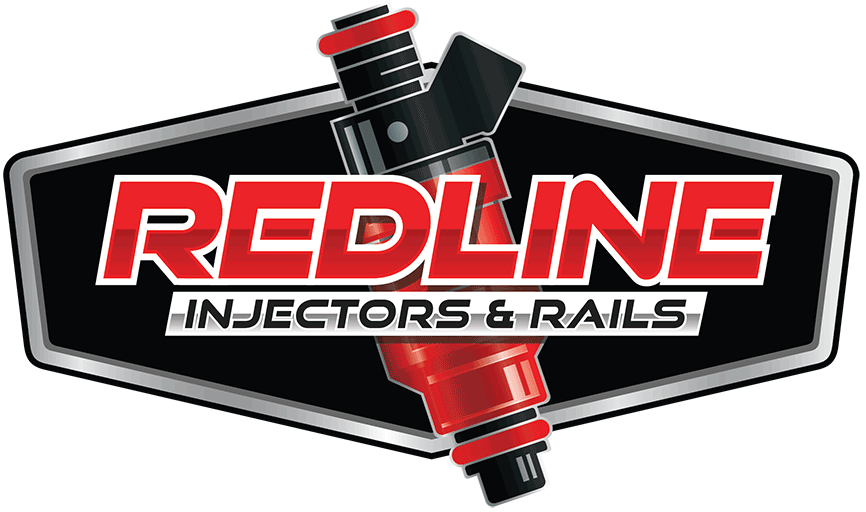Piezoelectric fuel injectors use piezoelectric materials to precisely control the injection of fuel into an engine’s combustion chamber. These injectors are commonly used in modern diesel and gasoline direct injection (GDI) engines, where high precision, speed, and efficiency are required. The fuel in a piezo injector does not directly touch the piezoelectric crystals themselves.
How Do Piezoelectric Fuel Injectors Work:
- Piezoelectric Effect Activation:
- A piezoelectric crystal (usually made of materials like quartz or ceramics) is placed inside the injector.
- When an electrical voltage is applied to the crystal, it changes shape (expanding or contracting) almost instantly.
- This rapid shape change generates a force that directly or indirectly actuates the injector needle.
- Injector Needle Movement:
- The expansion of the piezoelectric element either directly pushes the injector needle or operates a hydraulic system to move the needle.
- This precise movement allows for the opening and closing of the injector nozzle at extremely high speeds—up to several times per combustion cycle.
- Fuel Injection:
- Once the needle lifts, pressurized fuel is injected into the combustion chamber in a finely atomized spray.
- The amount, timing, and pressure of the fuel injection are finely controlled, improving combustion efficiency and reducing emissions.
- Indirect Actuation:
- Piezoelectric injectors use the principle of the piezoelectric effect, where certain crystals (like quartz) expand or contract when an electrical voltage is applied across them.
- Hydraulic Amplification:
- This expansion, though small, is used to actuate a valve or mechanism, which in turn controls the flow of fuel. In many designs, this involves a hydraulic system to amplify the movement of the piezo stack and actuate the main pintle that opens the injector nozzle.
- Fuel Pathway:
- Fuel flows through separate channels and chambers within the injector body, and the piezoelectric element is housed in a distinct part of the injector where it can exert its influence on the fuel control mechanisms without directly contacting the fuel itself.
In essence, the piezoelectric crystals are the actuators that initiate the process, but a hydraulic system or a control valve acts as an intermediary between the piezo element and the high-pressure fuel, enabling precise and rapid control of the injection process.
Advantages of Piezoelectric Injectors:
- Faster Response Times: They operate much faster than traditional solenoid-based injectors, allowing multiple injection events per cycle.
- Precise Fuel Delivery: Enhanced control over fuel quantity and timing leads to better combustion, reduced emissions, and improved fuel economy.
- Lower Noise: Quieter operation compared to conventional injectors due to smoother control of fuel flow.
- Improved Emissions Control: More precise control helps meet strict emission regulations by reducing pollutants like NOx and particulate matter.
Comparison to Solenoid Injectors:
| Feature | Piezoelectric Injectors | Solenoid Injectors |
|---|---|---|
| Speed | Extremely fast | Slower |
| Precision | High | Moderate |
| Energy Efficiency | Lower energy consumption | Higher energy consumption |
| Complexity | More complex and expensive | Simpler and cheaper |
Common Applications:
- Diesel engines in passenger cars and commercial vehicles.
- Gasoline direct injection (GDI) systems for improved performance.
- High-performance engines requiring precise fuel metering.
Piezoelectric / GDI Injector Cleaning And Flow Testing

